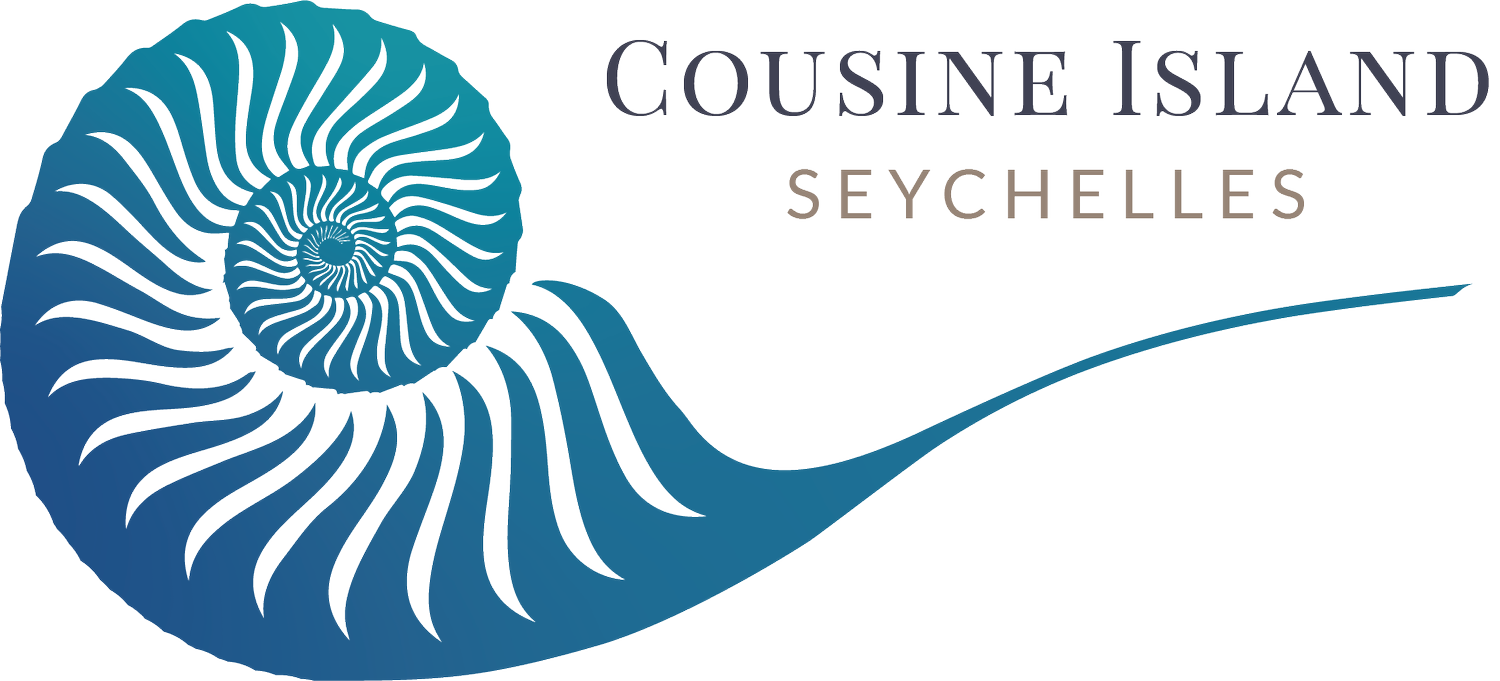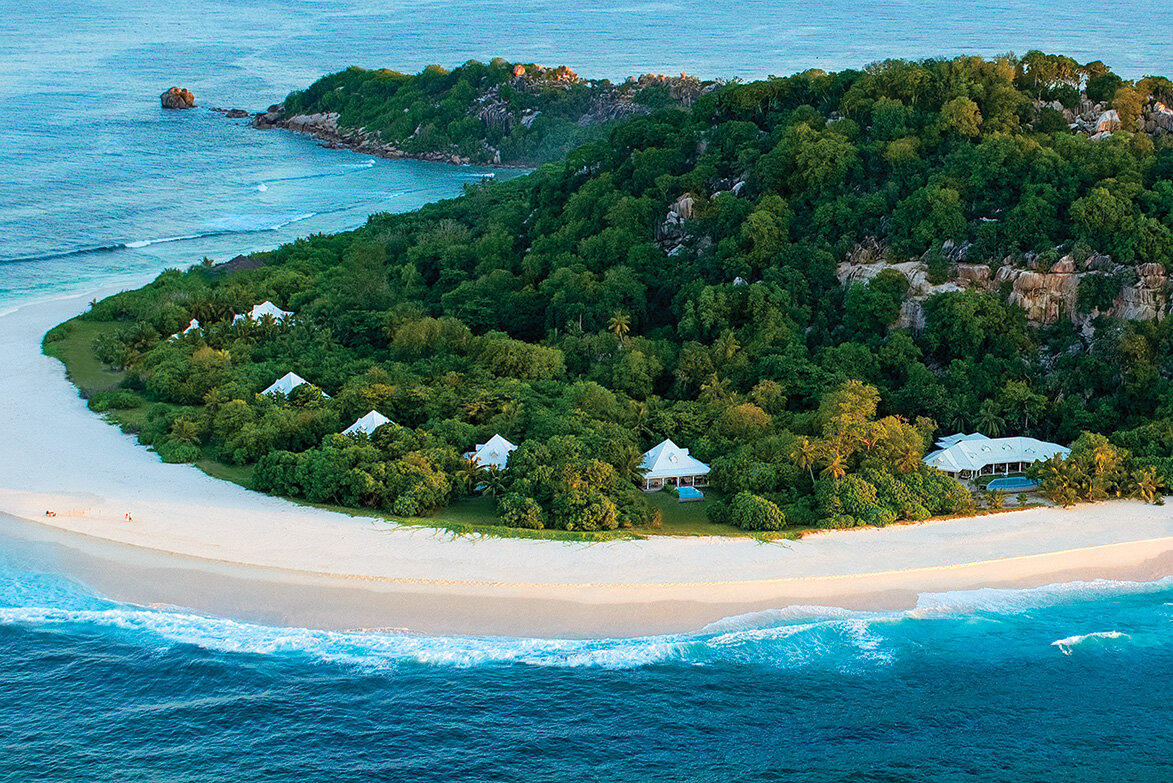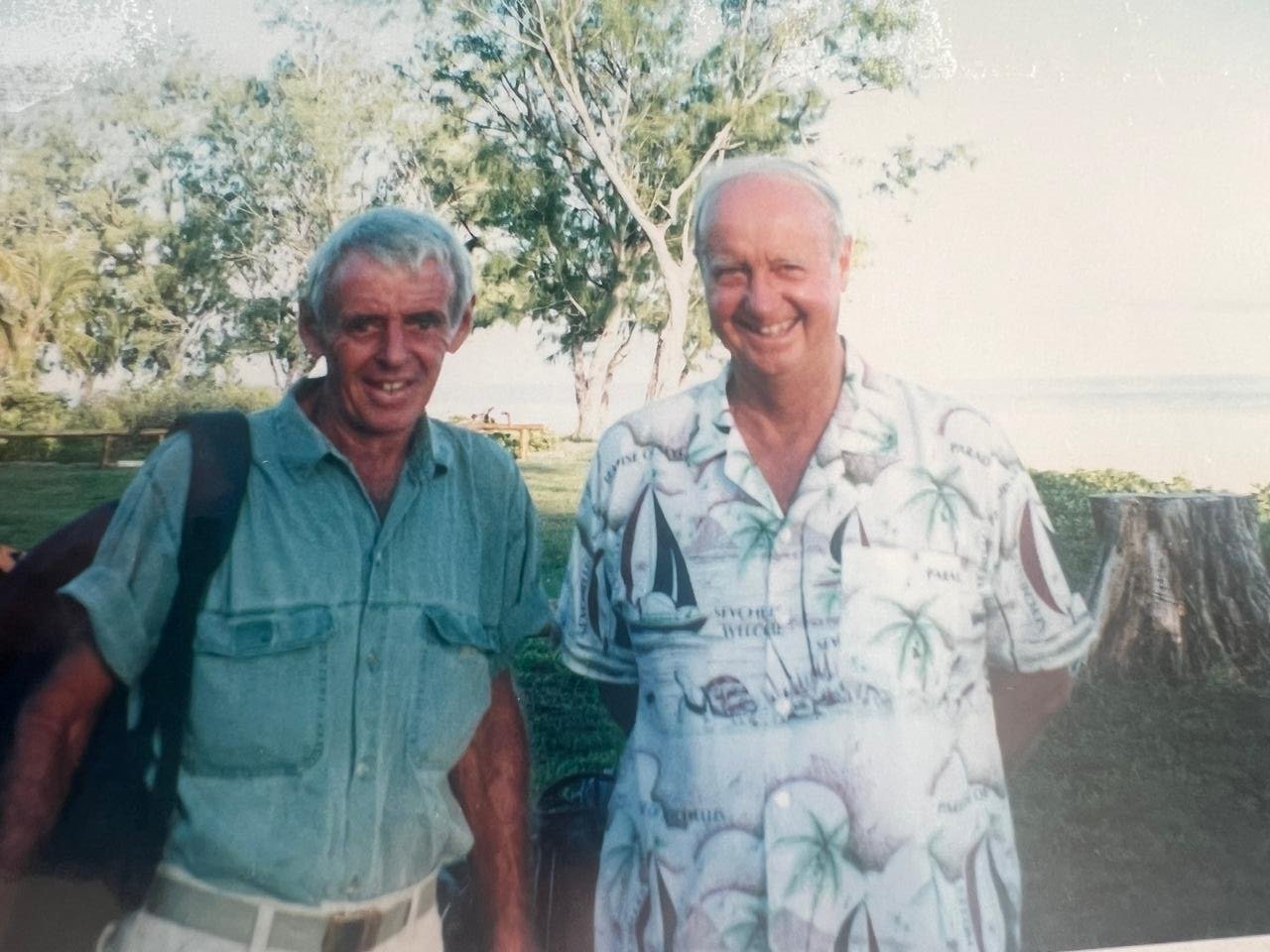История острова Кузин, жемчужины Сейшельских островов
1800’s
Первые известные записи о владении
Первая известная запись о владении островом Кузен была сделана, когда Луи Пупонно продал остров Пьеру Югону 25 декабря 1818 года. К сожалению, остров эксплуатировался из-за ее природных ресурсов, что резко повлияло на фауну и флору (а также на окружающую морскую флору), которая называла остров Кузина домом. Древесина дерева Казуарина была чрезмерно заготовлена в качестве дров для соседних островов Праслен и Маэ.
Большое количество яиц буревестников , считающихся на Сейшельских островах деликатесом, было удалено (от 8 000 до 14 000 яиц ежегодно). В результате буревестники покинули свою гнездовую колонию на острове. Птенцы клинохвостого стрижа, также считающегося на Сейшелах деликатесом, были изъяты тысячами, что резко повлияло на численность популяции. Были высажены различные культуры, такие как кокосовые и банановые деревья, табак и фатак(гвинейская трава или Panicum maximum).
На окрестных рифах вылавливали огромное количество рыбы и продавали ее на рынке в Праслине. Многие черепахи, которые выходили на пляж, чтобы отложить яйца, становились жертвами человеческой эксплуатации. Зеленые морские черепахи ценятся за их съедобную плоть, а ястребиные - за панцирь, который использовался для изготовления украшений. Оба вида теперь гнездятся на острове Кузин.
1992
Целительное путешествие по восстановлению и сохранению
Пройдя через мрачную историю и пройдя путь исцеления, остров Кузин получил второй шанс в 1992 году, когда нынешний владелец мистер М. Ф. Кили и его жена приобрели остров, чтобы превратить его в наследие своей любви. На начальных этапах реставрационного проекта были удалены все сельскохозяйственные животные (крупный рогатый скот, свиньи, куры) и деревья казуарины.
Программа восстановления также включала масштабную посадку местных и эндемичных деревьев (около 8000 с 1992 года по настоящее время) и удаление всех неместных видов растений и животных. Благодаря этим вдохновляющим усилиям остров восстановился после истории чрезмерной добычи и эксплуатации. Усилия по восстановлению и защите острова стали беспрецедентным успехом.
2020
Наше наследие истинной любви
Сегодня остров Кузин - это райское убежище для многих видов животных и один из немногих гранитных островов на Сейшелах, где полностью отсутствуют чужеродные млекопитающие (такие как одичавшие кошки и крысы). На острове также были проведены многочисленные реинтродукции местных видов. Находящийся под угрозой исчезновения сейшельский волчок был завезен на остров в 1996 году, и мы благодарны компании Fregate Private Island, которая сыграла важную роль в реинтродукции. За прошедшие годы их популяция увеличилась до более чем 50 особей, обитающих на 12 территориях по всему острову.
На острове Кузина теперь есть место обитания для тысяч гнездящихся морских птиц каждый год (включая примерно 55 000 пар меньших водоплавающих птиц). В период с 1992 по 2004 год на острове было завезено двадцать гигантских черепах, и многие другие, которые были закуплены или спасены, нашли дом на Кузином острове. В настоящее время 78 свободно бродячих особей в возрасте от 5 до 120 лет называют Кузину домом. Восстановление здорового населения Сейшельских островов "Соловей" также прошло успешно.
От отчаяния, связанного с неустойчивой эксплуатацией, до восстановления и защиты, остров Кузина является примером успешной природоохранной деятельности. Наследие любви, разделенное между мужем и женой, вернувшее этот драгоценный маленький частный остров к жизни на Сейшельских островах и внесшее свой вклад в мировое флористическое и фаунистическое разнообразие нашей планеты, просто начав с домашнего очага.
Две истории успеха в сохранении природы: Сейшельская волнистая куропатка и гигантская черепаха Альдабра на острове Кузин, Сейшельские острова
Работа по сохранению природы на острове Кузин продолжается. Недавно мы совместно с Фондом Сейшельских островов посадили на острове Кузин деревья коко де мер.
Почувствуйте волшебство Кузиного острова сами.
Гостям острова предлагается принять участие в природоохранных мероприятиях, таких как прогулки с гидом и посадка деревьев, но и простое посещение острова(пусть даже на один день) вносит свой вклад в наши усилия по сохранению природы.




















